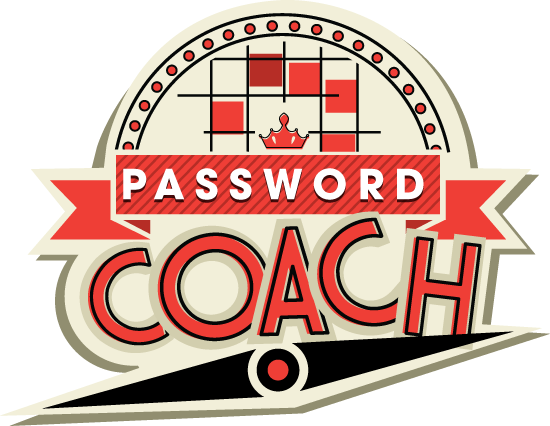Disable Universal Plug and Play (UPnP)
The idea behind UPnP is great. All networked devices within the safe confines of the home network can see one another and play-friendly. No configuration menus to deal with in order to get devices to talk to one another. Nice and convenient. The problem with UPnP is that flaws in the design mean that it is possible for devices outside the home network (i.e. anywhere on the internet) to access devices inside the home network. This is really not good. Here’s how we are going to disable UPnP.
What is universal plug and play, and why should I disable it?
Universal Plug and Play (UPnP) was designed to make configuring home wireless networks easier for the non-technical majority. Unfortunately, UPnP has some major security flaws which means that if you have UPnP enabled, attackers can use it as a way to gain access to your home network. Most of us will never use this feature anyway, so we’re unlikely to miss this feature after we’ve disabled it.
How to disable UPnP?
The UPnP setup on one model of D-Link router
The trick here is finding the option. It’s usually in the ADVANCED section, but it could be anywhere. A quick search for the router make and model plus ‘upnp’ will hopefully reveal how to find this important configuration option.
The UPnP setup on one model of TP-Link router
UPnP may be switched on by default. When you find it, if it isn’t already disabled, switch it off.
Next up - Disable Remote Management



